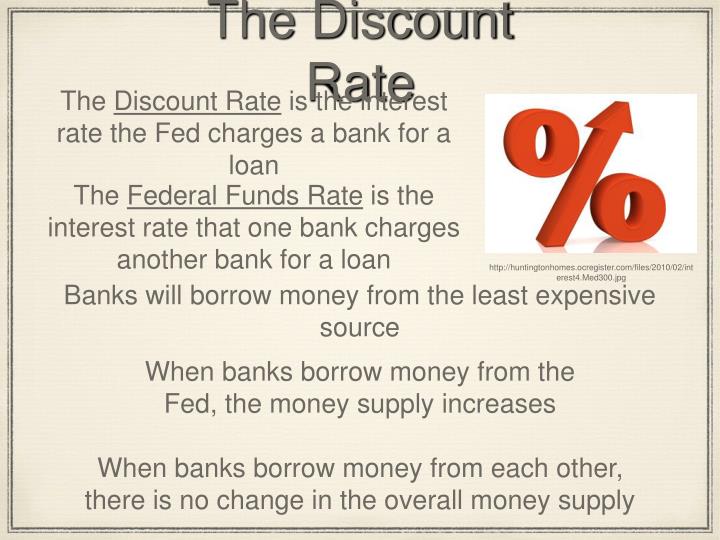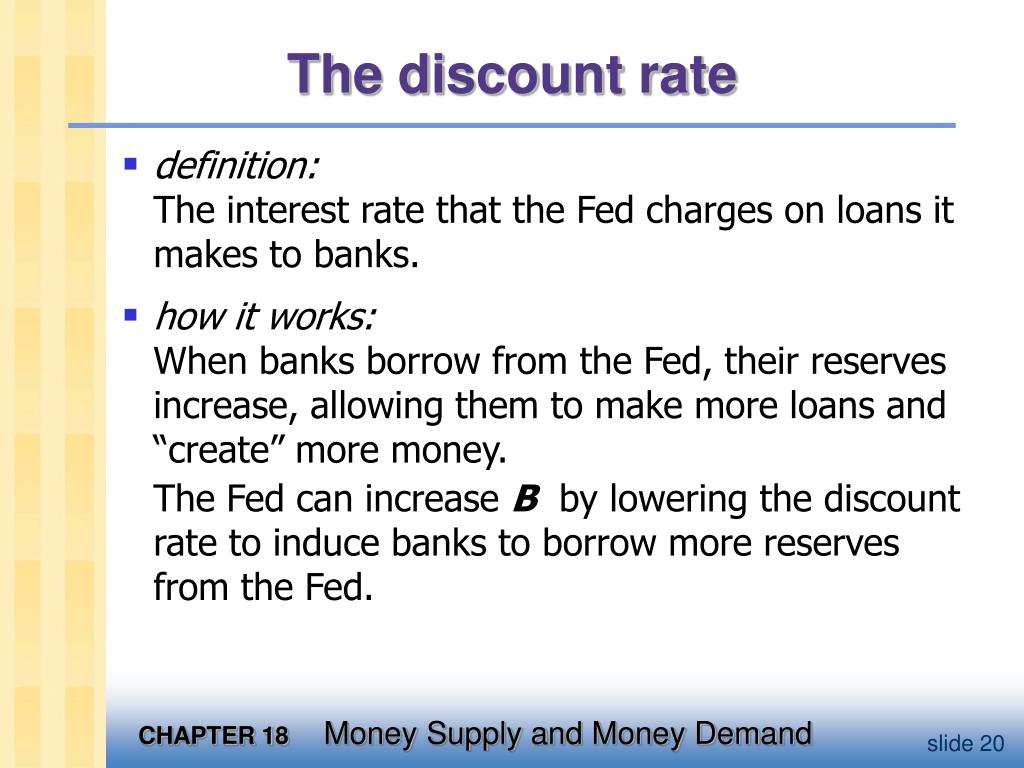


Things get a little stickier and more complicated when it comes to climate change, though. OK! We know what discount rates are and how they factor into savings and investment decisions. That percentage, the amount that a benefit declines in value each year into the future it extends, is the discount rate. In financial transactions, the discount rate is typically set somewhere around prevailing market interest rates. Revealed time preference and opportunity costs together lead us to discount the value of future benefits. Think of it like compound interest, only run in reverse to an investor today, returns lose some percentage of their “net present value” each year they recede into the future. How much an investment pays relative to other uses of the same resources is known as its “opportunity cost” - for every investment, you choose to forego other opportunities. What if the $100 in damage was in 10 years? Then it would only be worth $67. Otherwise you could make more by investing the money differently. I could pay off the repair bill and pocket $3 in profit!” In a situation of 3 percent interest rates, it’s only worth $97 to you today to avoid $100 in damage a year from now. “Hm, I could put $100 in a bank account and, at a 3 percent interest rate, in a year I’d have $103. What would you pay today to avoid $100 in damage to your car a year from now? In making this decision, you would think about what else you could do with the money in the meantime. One, how much damage will a ton of carbon do? And two, how much is it worth to us to avoid that amount of damage? To do this properly - to figure out the “right” price for a ton of CO2 emissions - we have to answer two questions. The carbon price is meant to reflect the damages emissions will cause later, or, in dork-speak, to “internalize the externalities.” The preferred way to achieve this goal is to put a price on carbon, via a tax or a cap. We need to amplify that distant signal so that it is heard in everyday economic decision-making. The policy challenge, then, is to pull those damages out of the future and into the present. We prefer instant gratification we’re pretty myopic. This time lag complicates efforts to do something about the problem, to say the least, as people are not generally temperamentally inclined to sacrifice now to gain benefits (or to avoid costs) 50 years down the road. Greenhouse gases emitted today affect global temperatures in 50 years or so, just as we’re experiencing temperature rise caused by emissions 50 years ago. OK! Let’s recall a vexing fact about climate change: There’s a substantial time lag between causes and effects. To support our nonprofit environmental journalism, please consider disabling your ad-blocker to allow ads on Grist.


 0 kommentar(er)
0 kommentar(er)
